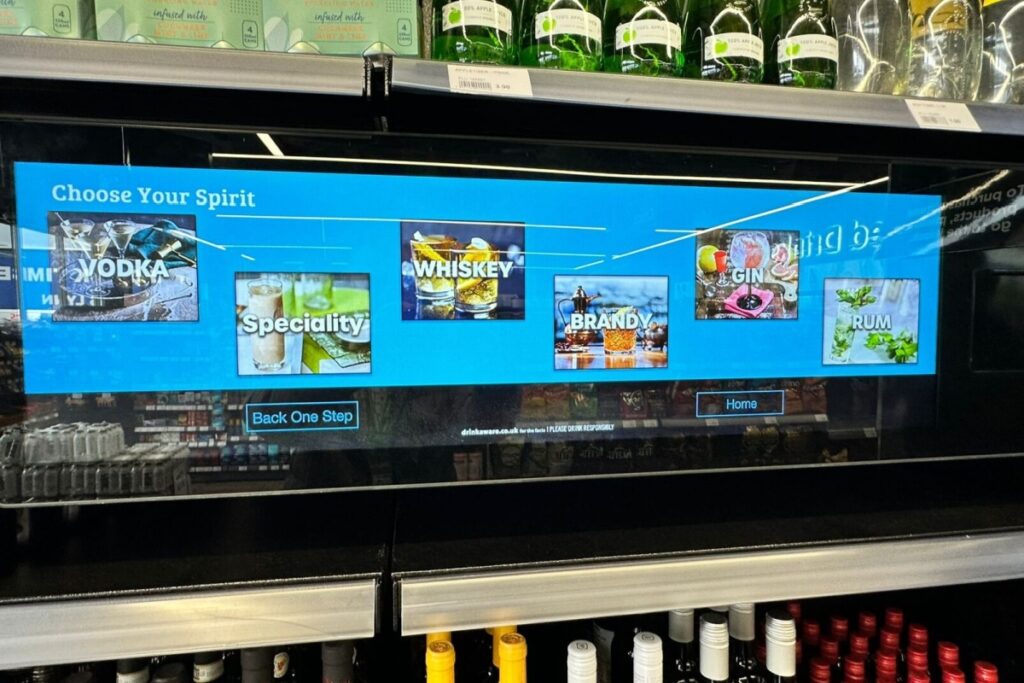Last month, discount multiples such as Aldi and Lidl saw sales surge by over a third while supermarkets such as Morrisons, Sainsbury‘s and Tesco continued to report losses as the rise of the discount shopper keeps growing. Tesco‘s latest move to combat this is the introduction of 300 ‘pound zones‘ to compete with cheaper competitors. This typifies a growing trend amongst retailers to cater for discount shoppers and ultimately regain market share.
It can be assumed that this move is underpinned by Tesco‘s extensive understanding of the way consumers shop, their shopping missions and where they would like to make savings. With the background of a cash-strapped society in the past years, the question centres on where the consumer finds value and whether this is based on price alone. This is where supermarkets must understand consumer need states and how each individual interacts with certain product categories, for example when buying essential items. When consumers make savings on discounted essentials, will they look to trade-up to a more premium item and treat themselves in other areas of the store? The discount zones in Tesco could work to drive consumption meaning the total spend for the shopping trip remains the same.
Pricing is also not the only issue supermarkets face when adapting shopping experiences to take advantage of customer behaviour. Tesco has been tasked with creating a new area in store, an area that has the potential to change consumer purchasing behaviour, but relies on understanding the customer‘s shopping mission. Modern consumers are grocery shopping online as well as often undertaking larger shops once a week, while supplementing this with smaller trips in between. Consumers invariably know the items that they need on larger shops. It is during these shorter trips where they are perhaps more likely to browse the discount aisles and featuring heavily discounted items could trigger a ‘deal mentality‘, a state of mind that is known to significantly add value to cheaper impulse buys in the minds of those purchasing them. Understanding consumers‘ shopping missions can help supermarkets better structure stores to cater to this need.
Supermarkets that are looking to change store operations as such will then need to consider if consumers want the pound shop experience and the connotations this brings (changes to brand perception) or if they are looking for different attributes that provide equal brand value. Sometimes nurturing the relationship between brand and shopper is just as important as offering a competitive price. Loyalty schemes, for example, present a way to better target offers based on previous shopping data, helping supermarkets to identify the products consumers buy on a regular basis. Perhaps coupling this data insight with the products offered in these new aisles could be a way for Tesco to tempt consumers to make a saving with the right products.
It is clear that supermarkets need to evolve and the traditional store model is becoming outmoded. Competing not just with the likes of Aldi and Lidl but also online grocers, the middle market supermarket brands need to introduce new ways of encouraging consumers to buy. The success of these practices – and more specifically Tesco‘s attempt to bring big discounts to customers in a new format – hinges on understanding first and foremost how and why consumers make purchase decisions. With this knowledge of consumer need states, behaviour can then be influenced for the benefit of both the customer and the retailer.

















